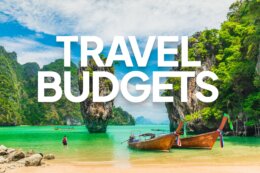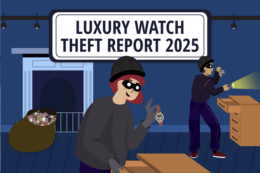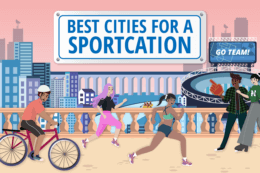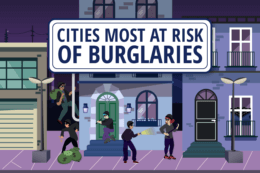What do people really want in a home? Find out which home features buyers want most – and which ones they can live without.
A new survey explores Australian, Canadian and American travel budgets, what they've overspent on holiday, and how they're changing their plans to save money.
With crime rates on the rise, watch theft is a major worry for luxury watch owners. Find out the top watch crime capitals and read our safety tips today.
19 Jun 2025 09:00
What do people really want in a home? Find out which home features buyers want most – and which ones they can live without.
16 Jun 2025 13:00
A new survey explores Australian, Canadian and American travel budgets, what they've overspent on holiday, and how they're changing their plans to save money.
10 Jun 2025 10:11
With crime rates on the rise, watch theft is a major worry for luxury watch owners. Find out the top watch crime capitals and read our safety tips today.
9 Jun 2025 15:50
Compare the Market AU crunches the data and finds the countries with the longest and most active lives across the globe. See the Active Life Vitality Index results here.
2 Jun 2025 08:50
What home amenities are people prepared to give up for city living? In this survey, Compare the Market AU finds out.
29 May 2025 09:00
Lazing around on the beach isn’t everyone’s cup of tea! We’ve listed the best cities around the world for a sporty holiday. Did your area make the cut?
27 May 2025 09:00
Not all cities have the same prices for used cars. Compare the Market AU analysis reveals the cities with the cheapest average prices for various countries.
19 May 2025 11:20
Compare the Market has gathered construction price change data for 2025, plus current average dollar amount figures for new residential homes. Read on here.
12 May 2025 10:45
In this study, Compare the Market AU looks at the costs of different surgeries across the world. Which is the most expensive? Click to find out.
9 May 2025 12:42
Home security is an important priority for homeowners, so we’ve ranked the areas around the world with the highest rates of burglary to help you stay safe.












